As an Amazon Associate I earn from qualifying purchases.
So let me guess, you’re a bit bigger than average but you’ve somehow caught the kayak bug. I hate to tell you this, but that bug isn’t going to go away! I was bitten by the bug to own a kayak several years ago and now have half a dozen of them in my garage.
Kayaking when you’re plus-size can be hard to get into but, once you find the right equipment, it’s a fun and serene experience. Whether you’re looking to fish, explore, or just have fun on the lake, kayaking is one of the best ways to get out there.
But how do you choose a kayak if you’re plus size? Well, in the past year, I figure I spent well over 200 hours on the water (mostly on kayaks and paddleboards) which puts me in the position to tell you exactly what the best plus-size kayak is (if you’re around 400lbs like myself).
However, I tend to be long-winded. So if you already know what you’re after, or simply want to upgrade, here are my top 4 recommendations for plus-size kayaks:








Affiliate links / Images from Amazon Product Advertising API
5 Things I Considered When Finding The Best 400lb Capacity Kayaks
If you’re wondering exactly how I settled on the options that I did, so am I.
I did a ton of research, spent a bunch of time on the water, and read through many people’s recommendations. At the end of the day, I used the following criteria (and my gut feelings) to choose the ones that I considered the best for the widest range of people:
Weight Capacity
This is the first (and probably most obvious) consideration that any big or heavy person needs to make. Fortunately, there are tons of high-weight capacity kayaks in the 4-500lb range and some that will even support up to 600 pounds!
Here is a word of caution though: kayak weight capacity does not refer to the weight of the angler/paddler. Rather, it refers to the total load weight – which is you plus your gear (and hopefully lots of fish). For this reason, I typically recommend that you buy a Kayak with a capacity of 1-200 pounds over your body weight. You probably won’t ever have that much gear on board, but the extra weight capacity will lend itself to stability.
Kayak Type
While there are at least 6 different types of kayaks, as a big guy, you really only want to deal with two: the sit-on-top recreation kayak, and the kayak/canoe hybrid. I did my best to choose a variety of options that would be pleasing to both the fishing kayak crowd as well as the pleasure cruising/exploring crowd.
Stability
Kayak stability typically comes from two things: the overall width, and the weight displacement. The lower you sit in the water, the more stable the kayak is. This makes sit-on-top kayaks less stable (and even less stable as you get taller), but, in my opinion, the trade-offs are worth it. All of the kayaks on our list have a reputation for being stable and easy to fish from, some even stable enough that you can stand to fish.
Wide/Comfortable Seat
A plus-size kayak with a 900lb capacity isn’t going to do anyone much good if the seat is only wide enough for a normal-sized butt. I looked for kayaks with a wide, comfortable seat so that your sore tush or back is never the reason you have to head back to shore.
Accessories, Options, & Perks
If this is the first time you’ve looked at high-capacity kayaks, it may shock you to hear this: we chose the most option-packed choices for the money. Meaning we chose affordable versions. We took into account things like tie-downs, the options to add a fish finder, etc. However, there are kayaks that have pedal drives, trolling motors, build in fish-finder stands, etc.
So, with that out of the way, let’s take a look at the options.
Best 400lb Capacity Kayaks For Big & Heavy People
1. Sea Eagle SE330 – Best Heavy People on a Budget
It might come as a surprise to you that the best plus-size kayak under $500 is actually an inflatable! I know it’s a surprise to me and I’m the one that decided it!
Finding a plus-size kayak with a high capacity is not a cheap endeavor and, as beginners, most people don’t want to sink their entire vacation budget on simply buying kayaks.
If you knew that kayaking was for you, or you were only buying a single kayak, you might be tempted to spend more. But, for people who are just looking to get their feet wet or who need several kayaks (there are three kids in my family…) the Sea Eagle SE330 stands head and shoulders above the rest as the best kayak under $500 for heavy people!
Here’s what I love about it:
- It is the cheapest kayak on this list by a large margin! In all honesty, it probably won’t last as long as a molded kayak but I have friends who have literally had their inflatable for more than 5 years!
- It is made of heavy-duty Polykrylar which is extremely durable. If you do manage to puncture it, you can always patch it!
- It is much easy to pack than a regular kayak! Unlike the other options on this list, you can fit kayaks for a whole family in the back of your minivan! And once you get to the water? It is ready to go in 6 minutes max!
- It is rated up to Class III Whitewater runs which is probably more than you’d ever want to do in this kayak! (If you’re unsure what that means, just understand that this kayak is capable of taking care of business in some gnarly waters!)
- Possibly the best feature of all: it is rated for up to 500 lbs! Who would have thought that the cheapest kayak on this list would have the second-highest capacity?
I don’t personally own this kayak but have two friends that do and have spent a decent amount of time in and around them. Because of that, I can, without any issues, totally recommend them to anyone who wants to get into kayaking! If you want a kayak with a true 400lb capacity, this is it!
And, if you order from their official Amazon listing, it comes with a paddle, the premium seat, a carry bag, a foot pump, and a repair kit! Talk about a win-win!
So if this is the one for you, pick up one for yourself, your spouse, and all your friends today!
2. Wilderness Systems Aspire 105 – 400lb Capacity Sit-In kayak
If you absolutely don’t want an inflatable, there are a couple of molded kayaks under $1000 but none of them have quite the same weight capacity. However, the best of the bunch is Wilderness System’s Aspire 105.
While the capacity is a bit lower, it is the best fishing/recreational kayak for under $1000 on the market! At least in my opinion If you’re going to be somewhere with lots of rocks, and sticks (or maybe you want to fish from your kayak) then this is a great big man kayak on a budget.
Some highlights:
- This kayak is a recreational ‘yak meant specifically for larger paddlers and is made with comfort in mind. It has an extra cushy seat for the best possible support and comfort as well as quick-adjust footrests for tall/short users.
- It is well laid out with tons of features that make it friendly to both overweight users and beginners such as an easy launching hull, lots of storage, a drink/snack holder, options for fishing attachments, and more!
- Not only is the sit-on design extremely stable, but it is much easier the fit on/in for overweight paddlers than a sit-in design!
So if you are on a budget and want a hard-molded kayak for heavy people, pick this one up! Its 400lb capacity is a sign of quality at this price!
3. Vibe Yellowfin 120 – Lake & Ocean Kayak for Heavy People
If you are looking to jump into a plus-sized kayak feet first, this is the best option!
Vibe is one of the biggest names in sit-on-top kayaks and, luckily for you and me, most of their models are kayaks with a 400 lb capacity or more! Vibe’s kayaks are perfect for anything from streams to lakes to ocean exploration. In addition to its 400-pound capacity, here are a few of the features that I love about this kayak:
- First off, the seat is an absolute standout for me. Most sit-in kayaks leave me feeling like I’m sitting on a hard plastic seat…because you usually are. This seat, however, is more akin to a comfy lawn chair and I can spend a couple of hours straight in it before needing to stand up and stretch out (also possible in this kayak).
- When it comes to stability, speed, and comfort this kayak is the best of all possible compromises. It is responsive enough that I feel safe on a river without feeling twitchy or unstable on a large body of water. It tracks well and glides surprisingly well for a plus-size kayak which is extremely helpful if you want to avoid wearing yourself out too fast.
- It has a good amount of storage. While I wish it had a bit more on-top front storage, the area behind the seat holds enough gear for an overnighter if you’re going on a longer adventure.
- This may not be as important to you, but I hate looking like a bumbling fat guy and, when I pull this kayak out of my truck bed, everyone goes back to what they were doing. I don’t know if it just looks like I know what I’m doing or what but I will say that this kayak looks absolutely rad and I get stopped all the time so people can ask what the model is!
So, if you’re a big guy or guy who wants to get serious about kayaking (and maybe lose a few pounds doing it) then you’ll need to spend about this amount of money to really get going. While this kayak is above what I was willing to spend at first, I will say that it is worth every penny if you’re part of the plus-size crowd and, in the world of kayaks with a 400lb capacity kayaks, it’s a steal. Trust me, don’t get that Walmart kayak, you’ll regret it! Get this one instead!
4. BKC PK13 – The Best High Capacity Pedal Kayak (and best fishing kayak for big guys)
If you are not an experienced kayaker, let’s talk about the unpleasant truth of kayaking. If you weigh over 300lbs you might find it hard to row your kayak. If you have a big belly or back fat the position in some kayaks will not lend itself to ease of transport. So what’s the solution? Well, it’s here!
This is the best (and one of the cheapest) pedal-powered kayaks on the market with a 400lb capacity. Yes, you heard that right…pedal-powered. You just jump in, start cranking with your feet, and cruise away! Most people prefer the speed, the increased relaxation factor, and the better workout of using your feet as opposed to your arms.
If you are a fisherman, this big man kayak will be even more welcome. Ever tried trolling in a paddle kayak? Forget about it. The pedal system here allows you to explore the lake while continuing to cast.
The BKC PK13 is of the highest order of pedal kayaks. As far as specs it is similar to the RA220 above, add a foot and a half, 100 pounds of capacity, and pedal power. All for the perfect package.
Now, with the extra length comes a bit more stability, a bit more storage, etc. but for all intents and purposes, it is the same boat. So, if you’re looking for a plus-size kayak and none of the above will cut it when it comes to weight, this is your best bet without spending a mint!
5 Tips For Choosing a Plus-Size Kayak
1. Decide How You’ll Be Using Your Kayak
What you’re going to use your kayak for plays a large role in choosing the type of plus-size kayak needed. Do you want to use it on little ponds? The ocean? For exploring rivers with your dog? For fishing? Or maybe you want a sport where you can just take a rest without looking around for a seat?
I did my best to include kayaks that will work decently well in all situations but, if you have a very specific purpose, you’ll need to shop for purpose-built kayaks. Just be prepared for a long search and a hefty price tag as all-around recreational kayaks for heavy people are by far the easiest to find and the best kayaks for the money.
In general, I recommend people get fishing kayaks, even if they’re not fishing. Fishing kayaks tend to be stable, hand lots of attachment points for gear, and are designed to be comfortable for long hours on the water.
2. Choose A Kayak Type
The main reason that you needed to decide on what you’re going to do with your kayak is to figure out the type of kayak you’ll need. While there are a ton of different types, we can group them into two main types: sit-on and sit-in, both of which can have a 400lb or higher capacity.
Sit-On Kayaks
Sit-on-top kayaks are just what they sound like. An ergonomic piece of plastic that you sit right on top of.
Advantages of a Sit-On Kayak:
- Easier to get in/out of
- More storage space
- Standing space
- Space for a dog (two thumbs up here)
- Easier to get back on if you capsize
- Easier to fish from
If you’re looking for a recreational-use kayak, a sit-on version is your best option. You can get on/off easily, if you fall off you won’t have to bail out the water, and you can fit all sorts of gear for excursions around the lake.
Sit-In Kayaks
Sit-in kayaks have a “cockpit” that puts you “in” the kayak. Your legs and feet slide up into the front of the kayak leaving you sitting slightly below water level.
Advantages of a Sit-In Kayak:
- You’ll generally stay drier
- Wind protection keeps you warmer
- A lower center of gravity can be more stable
Sit-in kayaks are the perfect option for people who are more interested in getting places rather than just playing on the water. If you want to stay dry and warm, and the kayak is more of a vehicle than a toy, you’ll be happiest sitting inside your kayak.
If you’re a beginner, you’ll probably be pretty happy with either kayak. My first kayak was mainly for fun at the lake with family and friends so we would spend the day switching off, jumping off the kayak, etc. I also enjoyed taking my kayak down slow (non-icy) rivers and fishing from it. Because of this, I opted for a sit-on-top version. So decide what will work best for you.
3. Determine The Necessary Weight Capacity (do you only need a 400lb capacity kayak?)
I wish that figuring out weight capacity was as simple as “look at the scale then find a kayak that will support that weight.” It’s not. There are a couple of considerations that may drastically alter the weight capacity of the plus-size kayak you decide to get. They are:
- The weight capacity includes not only you but everything that the kayak supports in the water. Sure that includes you, but it also includes your paddle, your backpack, your dog, your fishing gear, your lunch, etc. It’s pretty easy to add 30+ pounds of gear into your kayak without thinking.
- Kayaks typically have a weight capacity rating from the manufacturer. However, what this rating means is not well understood by most people. In fact, that number is simply the max amount of weight that the kayak can hold and still float. If you weigh 500 lbs and get in a kayak with a 500lb capacity you are going to have a really hard time getting anywhere. If you really want your kayak to be stable, paddle efficiently, and drier, understand that the optimum weight capacity for a kayak is about 70% of the maximum capacity. So a kayak with a 500lb capacity could be used by a person who weighs 300 pounds and loads it with 50 pounds of gear.
Because kayaks can only be so wide (and not paddle like a soggy log) bigger paddlers will often want to look for a longer kayak. The more volume you have in the water, the more weight it will support. Longer kayaks typically have the added advantages of being faster, tracking straighter, gliding better, having more storage, etc.
4. Decide On A Budget

When it comes to kayaking, there are companies that will take every penny you have. If you want a kayak with a motor and a 600lb capacity you can find one. But the truth is, there is a point of diminishing returns where spending more money will only get you a kayak that is marginally nicer. As a big guy, I’m typically the limiting factor for my kayaking expedition, not my kayak.
However, kayaks do not come particularly cheap, which is why we’ve recommended kayaks in 3 budget levels: budget (less than $500), best kayak for the money, and best all-around kayak for big people.
Don’t be intimidated by the cost of the high-end options. Unless your kayak really sucks and isn’t right for your situation, you can have just as much fun on a budget kayak as a really expensive option.
5. Buy From Amazon
Believe it or not, the best place to buy a high-weight-capacity kayak is online. The main reason is that it is difficult to find a kayak specifically built for high weight capacity at a local store, and local salesmen are often totally clueless about the true weight capacity and the needs of big and heavy people.
Kayaks do get damaged in shipping sometimes so I recommend only buying from a large retailer (such as Amazon) where you can be assured of excellent customer service and if needed, a return.
3 Items You’ll Need To Get Started With Your Kayak
If you’ve decided to pull the trigger on getting yourself a big man kayak, there are a few things you’ll need to make sure you’re ready to hit the lake! Kayaks are one of the few areas in life where I can say that it is worth it to accessorize. Investing in a few, good-quality items will make your fishing expeditions and explorations much more enjoyable and (hopefully) more successful.
A Big Man’s Life Jacket
If you’re just getting into kayaking, just train yourself to wear a life jacket from the start. I typically fish and kayak in extremely cold water, and I can tell you if you go over unexpectedly, a life jacket will literally save your life…because you are probably not climbing back into that kayak. The Onyx is the perfect option in plus size life jackets (unless you want to spend 3x the money) for the following reasons:
- It fits up to a 65″ chest! (The Amazon ad says up to 60″ but my life jacket came saying 45-65″)
- It is designed specifically for kayak fishing, so it is minimal and won’t interfere with your paddling or casting
- It adds a good amount of storage space and a spot for forceps, etc. You’ll want a vest anyway, so just get this life jacket which functions as a vest too!
A Paddle
Let’s be serious – you’re a fisherman, not a whitewater kayaker. As such, you probably don’t need a $300 paddle and, if you had one, you probably wouldn’t know the difference. So we want a paddle that does the job as well as possible without breaking the bank. Well, we found one. And bought it. And then recommended it to you. Some key features:
- Its fiberglass-reinforced blades are smoother and more efficient than traditional paddles, helping you paddle faster and further!
- It breaks down easily for storage/travel
- The little notch in one blade is actually a hook retrieval system for when you snag something underwater.
- It’s made right here in the USA
Kayak Cart
If you’ve never lifted a kayak down from a car rack or carried it down to the water, you may be thinking that you’ll just…carry your kayak down to the water and throw it in. You’re not. Well, I guess you might be if it’s only about 10 feet. However, most of these plus-size kayaks weigh 65-85 pounds and are awkward to carry, so you’ll probably want something to help move them. Enter the cart:
- The Yak-Gear C-tug has puncture-free wheels for years of hassle-free service
- It is made of a high-stretch composite so it won’t rust! (It’ll get wet after all)
- It will dismantle in 20 seconds or less
- It will hold up to 300 pounds, perfect for a hefty kayak!
Conclusion (Plus Tips for Beginning Fat Paddlers)
Because there are a ton of guides for beginner kayakers on the net, I won’t bore you with a full book. A 400lb capacity kayak is pretty user-friendly, however, there are a few tips that I’ve picked up that I feel will be specifically helpful to other big and heavy people as they get out on the water.
- Don’t start off in super shallow water. The first time I got in a plus-size kayak I thought that I’d hop in from shore so that, if I slipped, I wouldn’t get very wet. Well, it wasn’t a plus-size kayak and since I’m a plus-size guy I went straight over the other side of the kayak, whacked my face on a rock (at the bottom of the lake), and split my knee open on a rock. If I could go back again I would be sure to get into the kayak where the bottom of the lake/stream/etc. was soft mud or I would get in from a dock.
- You will get wet eventually. No matter how hard you try to avoid it, eventually, you’ll probably part ways with your kayak and end up in the water. Have a plan in place for when this happens so you can avoid the panic and get back on track as soon as possible. I personally never kayak alone so I’m sure to have a backup plan if something goes wrong. Oh and keep your phone, wallet, and keys in a dry bag!
- Enjoy the journey. When it comes down to it, the best plus-size kayak is the one that will get you out onto the water the most. Whether you buy the best sit-on-top kayak under $500 or the highest weight-capacity kayak you can find, it won’t make any difference if it just collects dust in your garage. So get out on the water and, while you’re there, stop and smell the roses along the way!
Happy paddling!

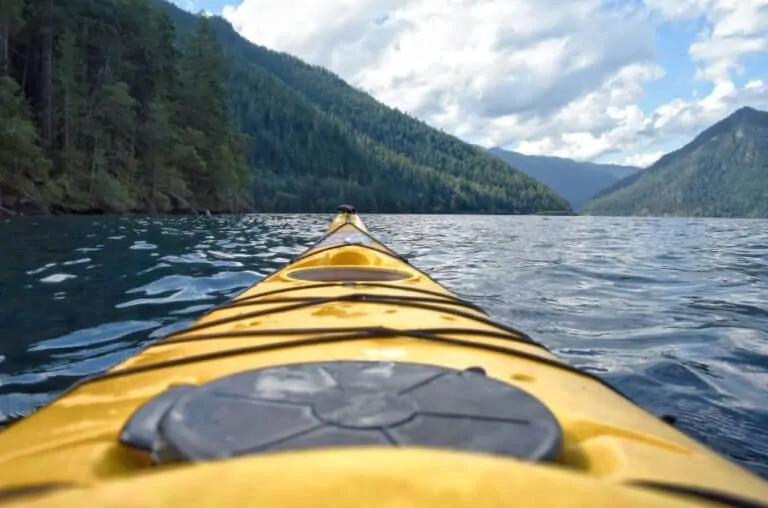









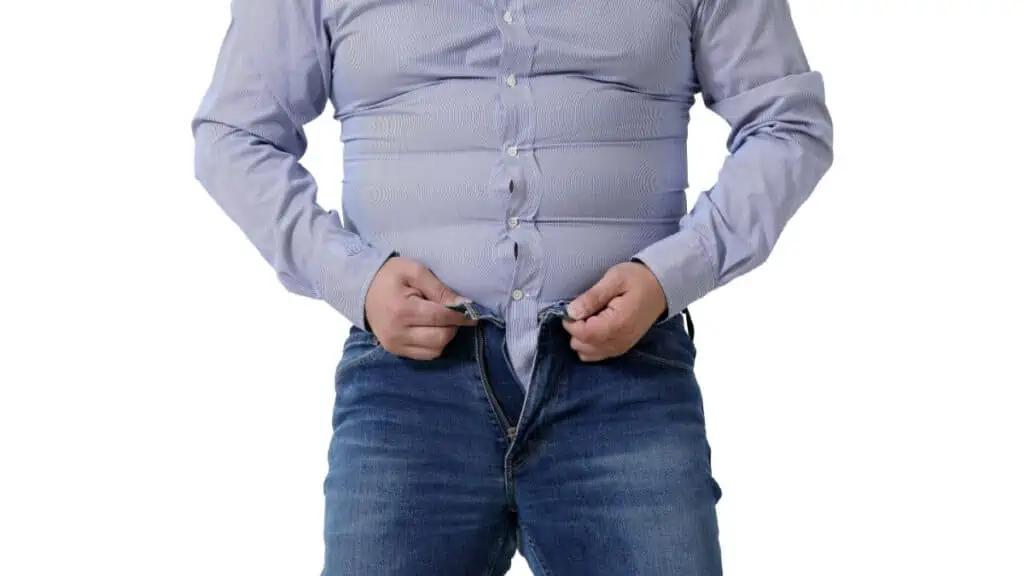

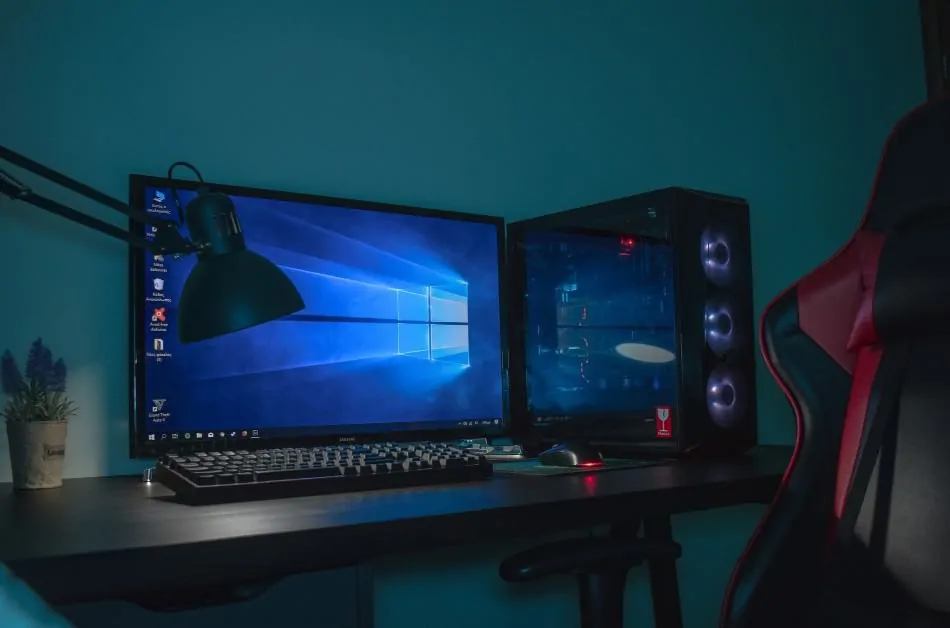
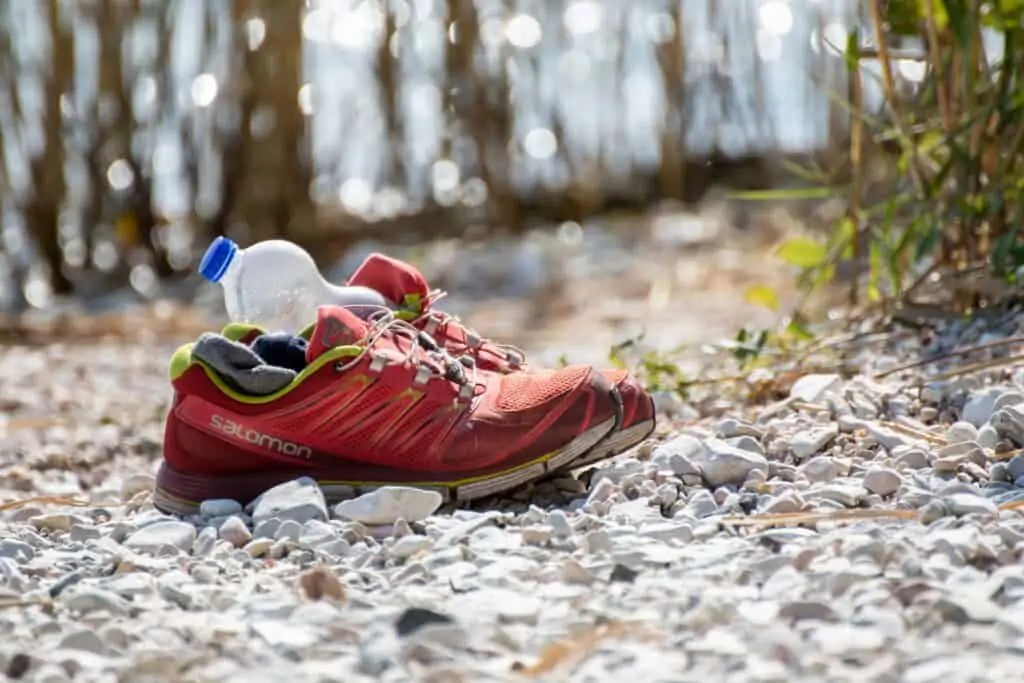
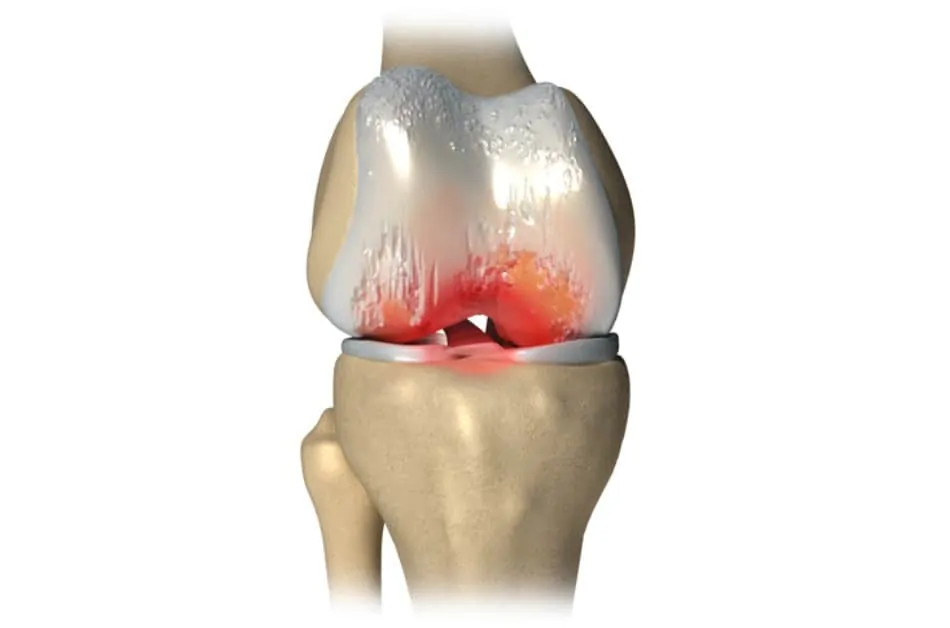

Comments are closed.